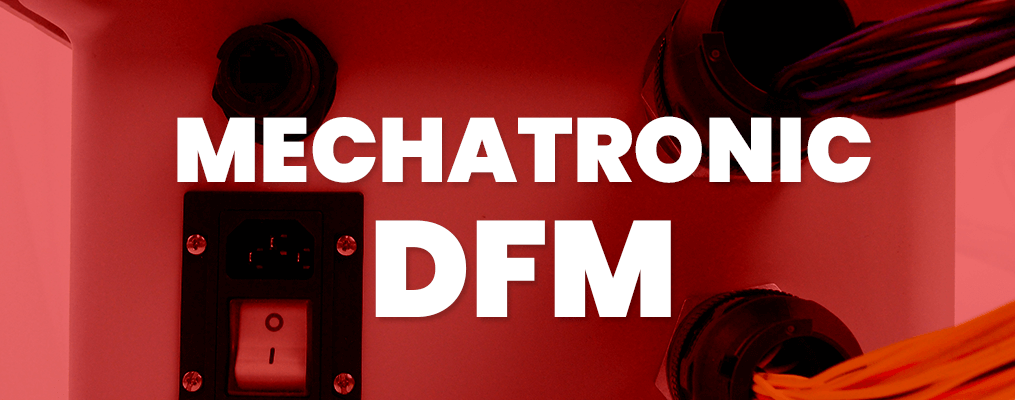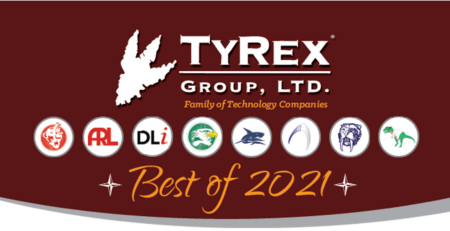Mechatronic Design with Manufacturability in Mind
Amit Pal2025-01-10T09:05:58-06:00So much of our world is enabled by our devices, and those devices are becoming increasingly complex. Our modern tools’ propensity to blend mechanics, electronics, telecommunication, computer systems, and control engineering has created quite a quandary for manufacturers in charge of bringing these mechatronic designs to life. Gone are the days where these issues belong only to robotics – everything from digital cameras to smart home appliances are intricate blends of design disciplines. This problem is why Arctos is such a strong proponent of design for manufacturing (DFM) principles for the products we assemble on contract and for those we design in-house through our sister company, TekRex. Below are some of the major things we keep in mind through the design process that better enable a smooth manufacturing process.
DFM, Schematic Design & Design Rule Checks
Like we’ve written about before, design for manufacturing (DFM) is the principle of creating product designs that lead to an efficient and cost effective manufacturing process. DFM can be further broken down into categories such as Design for Fabrication (DFF), where design decisions affect how raw materials are made into components. An example of this is designing a PCB with adequately placed drill holes and properly designed silk overlay. The category Arctos is more concerned with is Design for Assembly (DFA) that looks at how chosen components can be combined in the most efficient way – like making sure a component that needs to be potted isn’t hidden under another component.
A process that underpins all of this is performing Design Rule Checks (DRC). Unlike DFF and DFA, which are more qualitative descriptions of how friendly a design is to the manufacturer, DRC is a pass/fail assessment of various parts of a design. Design rules include things like whether there are missing or duplicate symbols and labels for various components, or if there’s equipotential conflicts that can lead to circuit failure.
Design rule checks take an extra level of importance in the world of mechatronics because problems can compound when multiple departments are working from a faulty design. An example of the large amount of coordination required to pass DRC is determining clearance. Through our work assembling enclosures, we’ve witnessed firsthand the importance of checking that cables and components can fit when enclosed, are properly ventilated and are not situated too close to heat sources.
Report Generation and Change Management
As mentioned above, coordination is key and nowhere can coordination break down faster than when change orders and revisions start to come in. Having a system or software that can track changes in components, harness configurations, and labeling is instrumental to a smooth manufacturing process. And given the struggles in sourcing and supply chain management, this ability to swap components quickly and uniformly has taken on even greater importance.
Conclusion
Creating versatile and elegant designs that blend disciplines that make up mechatronic devices is challenging at every stage, manufacturing included. However, being mindful during the design phase and using tools to keep various departments consistent and coordinated can keep manufacturing challenges to a minimum. Another resource at companies’ disposal is Arctos. Our years of assembly and sourcing expertise alongside our design and cabling divisions can provide invaluable advice and services to companies looking to build complex devices faster, easier, and better. Find out how by contacting us today.







